Description
From the CIA to Corporate Strategy: Andrew Bustamante’s Story
Although many know Andrew Bustamante as a former CIA officer, his journey didn’t stop when he left the agency. You might think his intelligence insights would only apply to international affairs, but Andrew saw an opportunity to bring those skills into the world of business.
He quickly realized that the same analytical thinking, risk assessment, and information gathering that fueled his CIA work could help companies navigate complex challenges. By teaching organizations how to spot threats and leverage intelligence, Andrew addressed issues like corporate espionage with real-world tactics.
Now, he empowers leaders to think strategically, outmaneuver competitors, and protect critical assets. His story shows you how intelligence expertise can transform corporate strategy and shape success far beyond government operations.
Core Principles of the OpThink Method
Three core principles define the OpThink Method and set it apart from traditional strategic models.
First, you learn to approach every challenge with intentional curiosity. Instead of accepting information at face value, you question assumptions and dig deeper. This principle sharpens your strategic thinking by making you more aware of hidden factors and unseen opportunities.
Second, you must embrace adaptability. OpThink principles encourage you to pivot quickly, recognizing that rigid plans rarely survive real-world variables.
Finally, you focus on leveraging human networks. Building genuine connections gives you access to vital insights and resources, enhancing your ability to make informed decisions.
Applying Spycraft Strategies to Everyday Challenges
Whether you’re maneuvering through office politics or negotiating with a contractor, spycraft strategies can give you an unexpected edge in daily life.
By adopting tactics such as covert communication and strategic observation, you can gather information, influence outcomes, and protect your interests.
Consider the value of reading between the lines and discreetly gathering intel before making decisions. You’ll notice how small shifts in your approach can lead to big advantages.
Here are five ways to apply spycraft tactics:
- Use covert communication—signal your intentions subtly in meetings.
- Practice strategic observation—watch for nonverbal cues and patterns.
- Build alliances quietly, creating trusted networks.
- Anticipate others’ moves by gathering intel ahead of time.
- Stay adaptable, altering your strategy as new information arises.
Frequently Asked Questions
How Can I Contact Andrew Bustamante for Speaking Engagements?
If you want to contact Andrew Bustamante for speaking engagements, use his official website or LinkedIn as contact methods. Review his speaking topics beforehand, then send a clear message outlining your event details and expectations for a prompt response.
Does Opthink Offer Online Courses or Workshops?
You can explore OpThink’s online learning options, as they offer various course offerings and workshops designed to boost your skills. Check their website regularly to stay updated on new online courses and special virtual learning opportunities.
Are There Recommended Books by Andrew Bustamante on Intelligence Techniques?
If you’re looking for recommended readings on intelligence techniques, you’ll find that several books cover these topics. While Andrew Bustamante hasn’t published his own book yet, he often suggests classic intelligence books for your personal reading list.
What Is the Cost of Personalized Opthink Coaching Sessions?
If you’re interested in personalized coaching sessions, you’ll find that personalized pricing applies based on your specific needs and goals. You’ll gain coaching benefits tailored to your situation, so it’s best to inquire directly for exact details.
Can Opthink Strategies Be Adapted for Educational Settings?
You can absolutely adapt OpThink strategies for educational settings. OpThink applications encourage critical thinking, problem-solving, and engagement, making educational adaptation straightforward. You’ll find students benefit from these techniques, developing skills that go beyond traditional classroom learning.

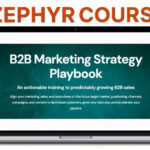

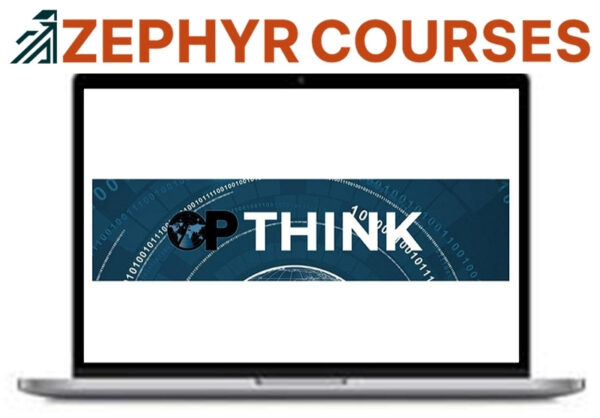

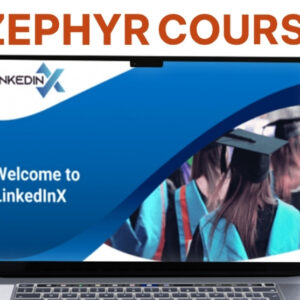



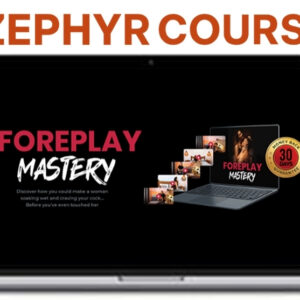
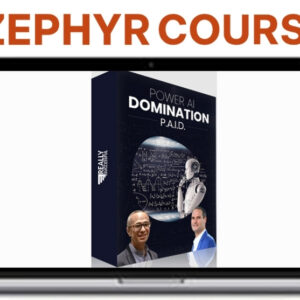 Barry Plaskow & Mayer Reich – Power AI Domination (Paid)
Barry Plaskow & Mayer Reich – Power AI Domination (Paid) 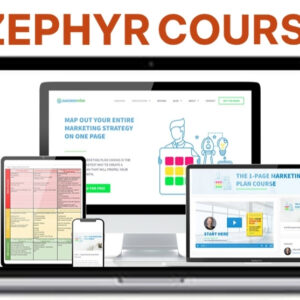 Allan Dib – The 1-Page Marketing Plan
Allan Dib – The 1-Page Marketing Plan